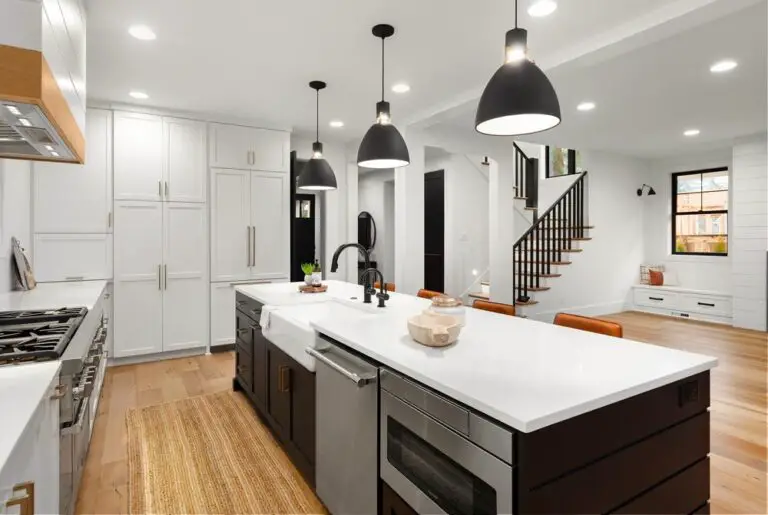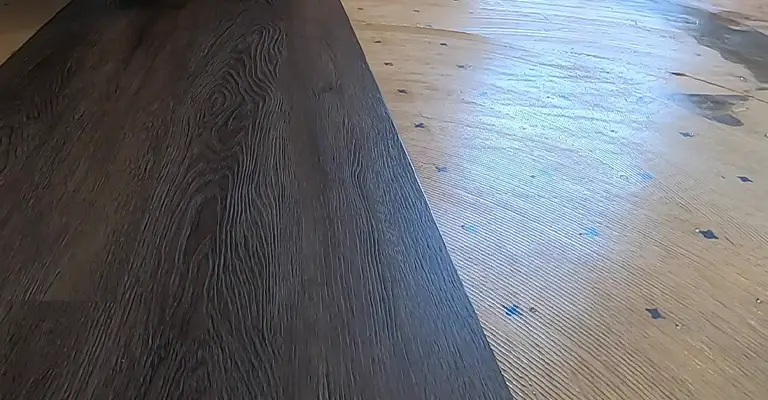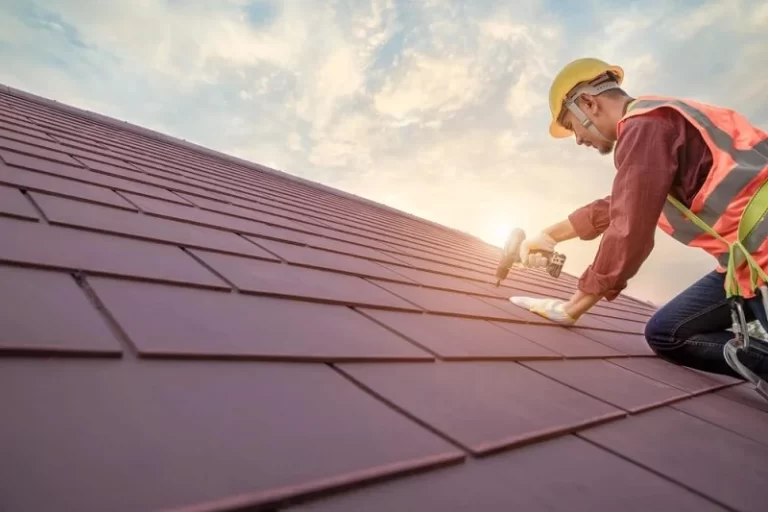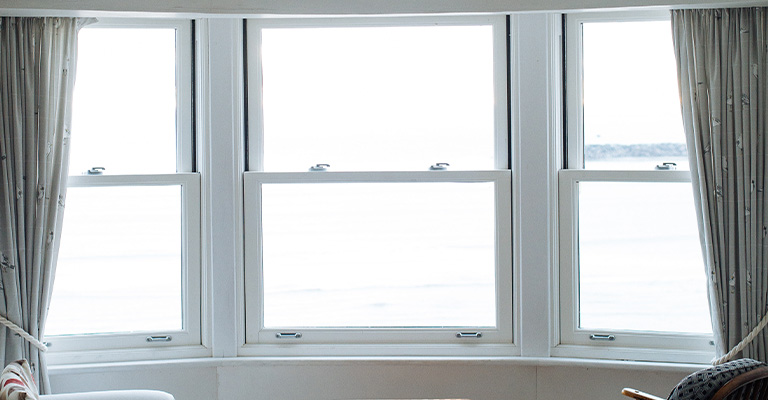Staining Brick: Giving Your Brickwork a New Lease of Life
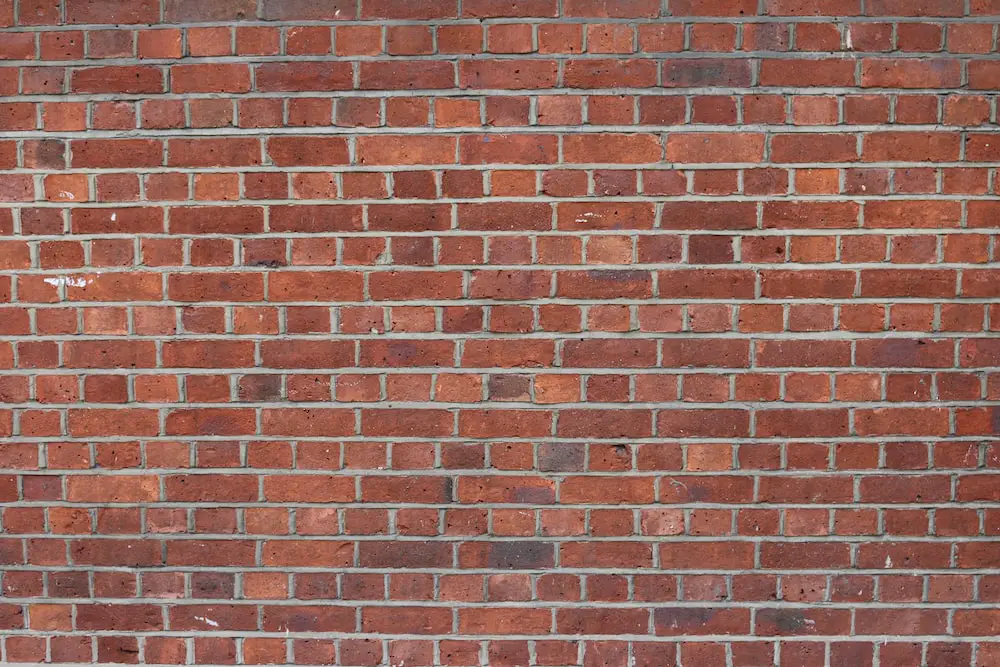
Brick has been a staple in architectural design for centuries. Its durability, low-maintenance qualities, and timeless appeal make it a top choice for homeowners and builders alike. However, over time, even the most beautiful brickwork can start to look dated or weathered. One simple and cost-effective solution to breathe new life into your brick surfaces is staining brick. This article will provide you with a detailed guide on how to stain brick effectively, as well as a few tips to ensure a flawless finish.
What is Brick Staining?
Brick staining is a process that alters the color of your brickwork using a special type of stain. Unlike painting, which coats the surface, brick stain penetrates the pores of the brick, maintaining its natural texture while changing the color. This method is increasingly popular as it is less prone to peeling or chipping than paint, offering a more durable and long-lasting solution to your aesthetic needs.
Choosing the Right Brick Stain
The first step in your brick staining journey is selecting the right stain for your project. Brick stains come in various colors, so you’re sure to find one that suits your personal style. However, it’s crucial to opt for a stain specifically designed for brick. These stains are formulated to penetrate the brick’s porous surface, ensuring a long-lasting, durable finish. Also, you may want to consider whether you’d prefer a water-based or oil-based stain, as each has its pros and cons.
Preparing Your Brick for Staining
The preparation process is key to achieving a high-quality finish when staining brick. Begin by cleaning your brickwork thoroughly to remove any dirt or grime. This step can be done with warm soapy water and a hard-bristle brush. For tougher stains, you may need a brick cleaner or mildew remover.
Next, repair any damage. Cracks or holes in the brickwork can lead to uneven staining, so fill them with a suitable brick filler. After the filler has dried, sand it down to create a smooth surface.
Applying the Stain
Now comes the exciting part: applying the brick stain. This process varies depending on the type of stain you’ve chosen. However, generally, the stain can be applied using a brush, roller, or sprayer. Remember to follow the manufacturer’s instructions closely to achieve the best results.
Start by applying the stain to a small, inconspicuous area to test the color. If you’re happy with the result, continue applying the stain to the rest of your brickwork. Depending on the type of stain and the original color of your brick, you may need to apply several coats to achieve the desired color.
Brick Staining Tips
Here are a few pro tips to help you get the most out of your brick staining project:
Test the color first
As previously mentioned, always test the stain on a small, hidden area before you apply it to the entire surface. This step will give you an idea of the final look and allow you to make any necessary adjustments.
Use quality tools
Invest in a good-quality brush, roller, or sprayer to ensure even application of the stain.
Weather conditions
Avoid staining brick in extreme weather conditions. The best temperature for staining brick is between 50 and 90 degrees Fahrenheit, and it’s best done on a dry day.
The Benefits of Brick Staining
Brick staining isn’t just about enhancing the aesthetic appeal of your property. It also comes with a host of other benefits that make it a worthwhile project.
Cost-effective Home Improvement
Brick staining is a cost-effective solution when compared to alternatives like brick replacement or repainting. With the right materials and a bit of effort, you can transform your home’s exterior without breaking the bank.
Durability
Unlike paint, which can chip or peel over time, brick stain seeps into the pores of the bricks. This results in a finish that is resistant to weather elements and less likely to show age or wear. When applied correctly, brick stain can last for many years, reducing the need for frequent touch-ups.
Maintains Brick Texture
One of the most significant advantages of brick staining over painting is that staining maintains the brick’s natural texture. Paint merely sits on the surface, often resulting in a less authentic look. On the other hand, brick stain penetrates the surface and preserves the brick’s original texture, giving you a more natural and appealing finish.
Variety of Color Options
With brick staining, you aren’t limited to the original color of your bricks. Brick stains come in a range of colors, allowing you to tailor your choice to match your home’s existing color scheme or to create a whole new look.
Increases Property Value
A fresh, well-maintained exterior is always a selling point for properties. Stained bricks offer a modern, updated look that can potentially increase your home’s value.
Professional Brick Staining Services
While staining brick is a feasible DIY project, some homeowners might prefer hiring professionals. Expert brick staining services can save you time and ensure the job is done right the first time. Professional brick stainers have the experience, tools, and knowledge to deliver high-quality results. However, it’s essential to do your homework and choose a reputable company that specializes in brick staining.
Conclusion
Both painting and staining offer distinct methods for rejuvenating a brick surface. However, staining exterior brick has undeniable advantages, such as durability and maintaining the original texture. Whether it’s an interior brick wall or exterior brick structures, the use of brick stain colors can transform and modernize any brick surface. With the right tools like a paint sprayer or paint brush, and even something as simple as a wooden paint stirrer, you can achieve professional results in your DIY project.
If you’re wondering where to buy brick stain, a quick search will reveal numerous home improvement stores and online platforms offering a variety of masonry stains. Choose the right one that aligns with your project, be it for interior or exterior applications. Remember, a quality brick stain doesn’t merely coat like paint; it penetrates, giving other brick surfaces a vibrant, long-lasting color.
In conclusion, the benefits of brick staining reach beyond mere aesthetic appeal. It’s about giving your brickwork – one of the most durable and reliable materials in construction – the care it deserves. So, the next time you look at a weathered brick surface, remember: a good-quality masonry stain is all you need to bring it back to life.

